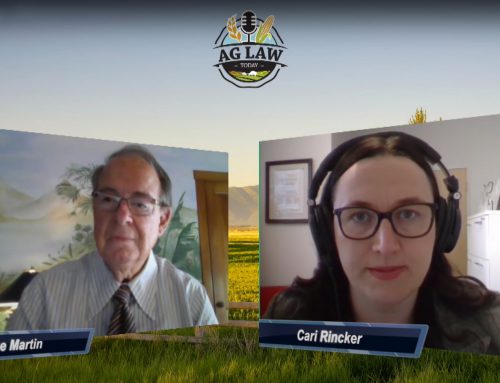Florida citrus growers have been using two different bactericide formulas since spring of this year when the Florida Department of Agriculture and Consumer Services (FLDACS) obtained an emergency use declaration for the treatments. The EPA recently seconded that in August by approving the use of the bactericides. The results of a recent bactericide study seem to indicate that Florida’s citrus industry is on the right track with one bactericide at least. As all of the Florida citrus industry has been hoping, the results of the study indicate the bactericide shows real promise in controlling the bacteria that causes citrus greening, or HLB.
HLB History
Studies have also been on-going to find something that will defeat or even slow down the citrus greening bacteria. The disease has negatively affected Florida’s citrus harvests since it was detected in South Florida’s citrus groves in 2005. Citrus harvests that once numbered well over 200 million boxes of citrus have fallen drastically. The 2015-16 harvest season ended with 81.5 million boxes.
The latest data indicates that 80 percent of Florida’s citrus trees are infected with citrus greening, with some areas of the state seeing a nearly 100 percent infection rate. It has been calculated that Florida’s citrus industry can only hold out until 2019. If nothing changes by then, the industry will not be able to keep the infrastructure up nor remain solvent. However, the positive results of the bactericide study may render such estimations moot.
UF/IFAS Bactericide Study Details
The study was carried out at the UF/IFAS Citrus Research and Education Center (CREC) in Lake Alfred, Florida. It was led by Nian Wang, a UF/IFAS associate professor of microbiology and cell science. In short, the bactericide oxytetracycline was shown to be successful in controlling the bacteria that causes citrus greening when the compound was injected directly into the trunks of citrus trees infected with the HLB bacteria. In a UF/IFAS release on the findings, Wang explained that applying the bactericide into the tree trunk—rather than tree sprayings—was more successful in fighting HLB for many reasons. The bactericide injections were shown to:
- Target the citrus greening-causing bacteria and reduced bacteria levels for up to nine months
- Not degrade due to sun or rainfall as spraying did
- Deliver the bactericide to both the trees’ leaves and root systems
- Cost approximately $4 a tree or $560 an acre, with 140 orange trees per acre
Wang expressed that he believed just one injection a year per tree would be enough to keep citrus greening bacteria under control in infected trees.



